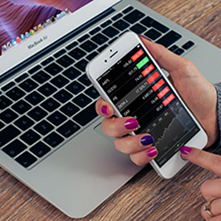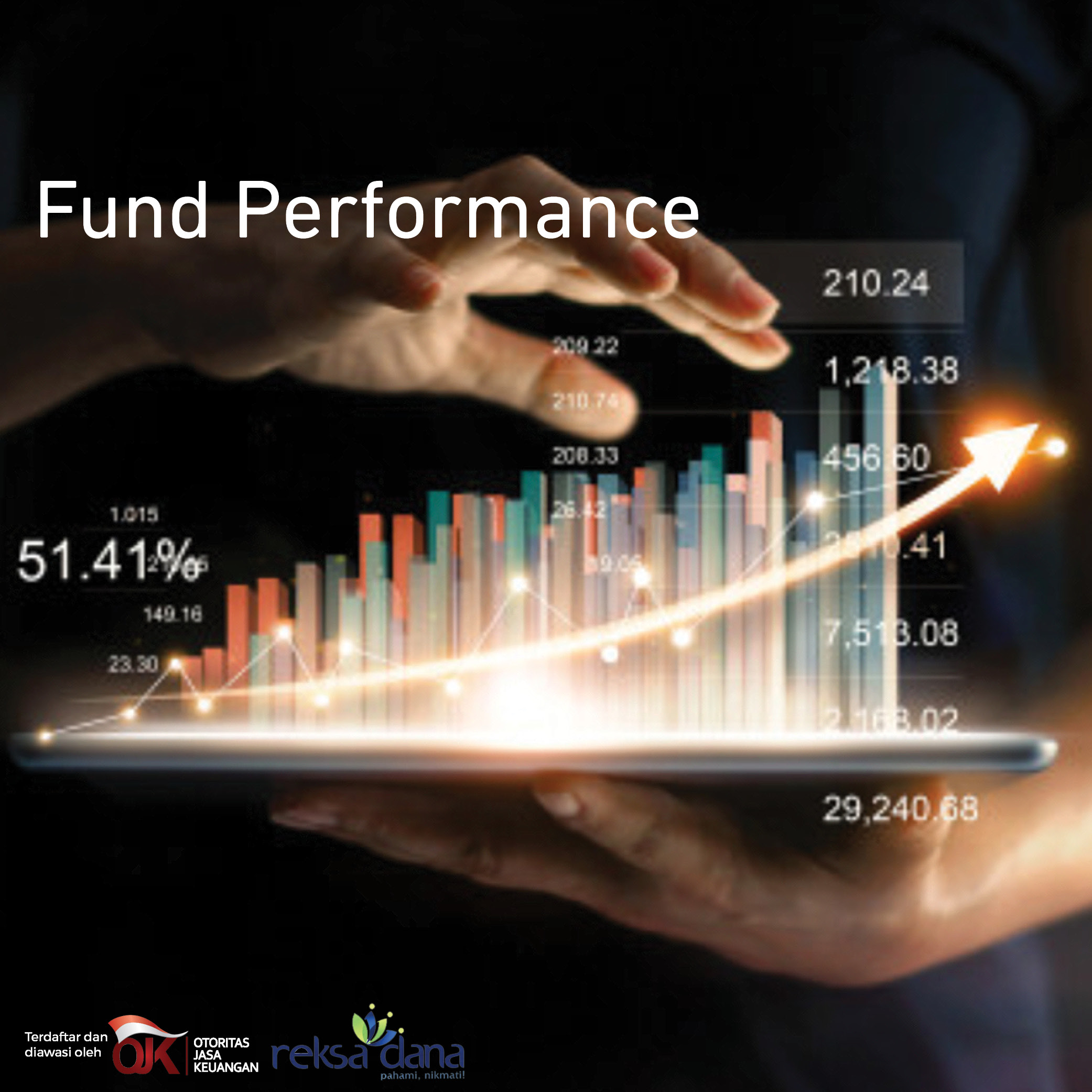Inflation hike
Statistics Indonesia (BPS) recorded 0.95% MoM (3.47% YoY) of inflation in Apr-22. The rate was higher than our estimate at 3.40% YoY and Bloomberg consensus at 3.32% YoY. This is the highest inflation since Aug-19 at 3.49% YoY but on monthly basis, it was the highest since Dec-17 at 0.97% MoM. We see the high inflation was just transitory as it was mainly influenced by the volatile inflation such as foods and transportation. We expect the food prices and transportation cost will go down eventually stepping into May-22. However, the deflation will be smaller on the transportation cost compared to the food prices as the fuel prices have been raised previously following the global oil price hike.
Ramadan effect
After two years of pandemic-related restrictions, finally the majority of Indonesian can go back to normality with less restrictions and spent more on new clothes and dining out during Ramadan. Historically, before the pandemic, Ramadan effect brings almost 100 bps of inflation as Indonesians consume more food, clothing and do traveling more during the long holiday. Last year, the inflation was recorded at 2.67% YoY and it was unusual but not surprising as it reflected the still-weak household purchasing power and mobility restrictions. Thus, low base effect contributed to the high inflation as well.
Domestic food price affects more
According to Food and Agriculture Organization (FAO), the Food Price Index averaged 158.5 points in Apr-22, slightly down by 0.8% from the all-time high reached in Mar-22 since its inception in 1990. The high index was built up mainly from the vegetable oil and cereal price due to the Russia-Ukraine war. We see the Indonesian people do not too depend on the imported vegetable oil. Thus, we conclude that the price hike of foods was domestically driven.
Food as biggest contributor
The highest growth and the biggest contributor, 48.4% of total inflation, was food, beverage, and tobacco where it increased by 1.76% MoM (5.20% YoY). The main determinants of inflation in this basket were cooking oil contributing 0.19% to total inflation followed by chicken at 0.09%. Due to government’s effort to push down the cooking oil price, only on the last week of Apr-22 the cooking oil price fell eventually.
Price pressure to domestic producers
Nevertheless, the inflation is beyond the Ramadan effect. Domestic manufacturers claimed that higher costs for inputs including raw materials and fuel were intensified. The inflation rates in Apr-22 were also among the fastest based on the Markit PMI survey. Producers may soon pass the burden of increasing input costs to consumers, leading to the higher inflation ahead. However, producers are still aware that if they pass on prices to customers, it may squeeze the household purchasing power. As the consequence, it will be much harder to sell their products later. Based on the Producers’ Price Index, the price grew by 9.06% YoY in 1Q22 where normally it was only recorded around 5%, showing the substantial increase on supply side.
BI-7DRRR stays unchanged
We remain optimistic that the inflation in 2022 will stay manageable especially we expect a soft deflation in May-22 due to price normalization after the Ramadan effect subsides. However, we revise up our current estimate of inflation from 3.6% YoY to 4.2% YoY for YE 2022 due to the adverse effect from the higher non-subsidized fuel price and the higher VAT. In addition, the domestic consumption recovers faster than we predict as the mobility restriction (PPKM) seems will be lifted soon because there has been a decrease in Covid-19 cases and death in the last three weeks. However, we see BI will hold the rate at the current level on May, 23th – 24th 2022 until there is a substantial increase on inflation.
















